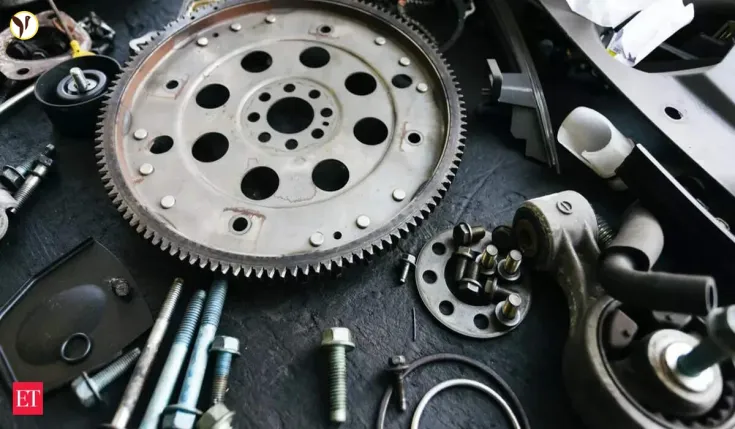The Electric Vehicle Revolution: Changing How We Drive
Remember when electric vehicles seemed like something from a sci-fi movie? Those days are long gone. EVs have quietly shifted from novelty to necessity, transforming our streets and reshaping the auto industry. From innovative motor technologies to warranties that actually make sense, the EV market isn't just growing—it's evolving. Let's take a closer look at what's really happening in the world of electric mobility.
India's EV Independence: Building Motors at Home
Have you noticed how many critical components still come from overseas? That's changing fast. Indian automotive supplier Sterling Tools has just taken a major step forward through its subsidiary, Sterling Gtake E-Mobility Ltd (SGEM). They're now producing something remarkable: traction motors that don't require rare earth magnets.
Why does this matter? For years, India's EV industry has depended heavily on China for these crucial components. Now, thanks to a licensing deal with UK-based Advanced Electric Machines (AEM), these motors will roll out of SGEM's Faridabad plant—made in India, for Indian vehicles.
Anil Aggarwal, Sterling Tools' Chairman, didn't hide his enthusiasm when discussing the development. "This isn't just about making motors," he explained. "It's about creating a complete, homegrown supply chain for our EV industry." The potential is enormous—industry experts project the market for these motors could reach ₹15,000 crore by 2030. That's not just good business; it's a transformation of India's role in the global automotive landscape.
- This partnership brings India one step closer to self-reliance in automotive manufacturing.
- It tackles the real concern of supply chain vulnerabilities tied to rare earth materials.
- It positions India as a more significant player in the global EV ecosystem.
Winning Over Skeptics: Warranties That Actually Mean Something
Meanwhile, ZELIO E Mobility is tackling one of the biggest hurdles to EV adoption—consumer trust. Let's face it: many potential buyers still worry about reliability. How long will the battery last? What happens if something breaks?
ZELIO's answer is refreshingly straightforward: a two-year, unlimited mileage warranty on all their electric two- and three-wheelers. This isn't your typical limited coverage with fine print designed to avoid claims. It includes critical components like the motor and controller, and even extends to the chassis for certain models.
Starting April 1st, 2025, this warranty becomes standard—not a limited-time promotion or marketing gimmick. It's particularly meaningful for rural customers, where vehicles often face tougher conditions and repair shops might be few and far between.
Kunal Arya, Co-Founder and Managing Director at ZELIO, put it simply: "Our relationship with customers doesn't end when they drive off the lot." The company has also streamlined the claims process, making it paperless and promising replacement parts within three working days. When was the last time you heard an auto company talk about after-sales service with such clarity?
The Bigger Picture: Are EVs Actually Taking Over?
These developments aren't happening in isolation. They're part of a remarkable global shift. The International Energy Agency reports that EV sales surpassed 17 million vehicles in 2024—a number that would have seemed impossible just five years ago. Early data from 2025 shows sales jumping another 35% compared to last year.
China continues to lead this revolution, with nearly half of all new cars sold there now being electric. Europe's growth has slowed a bit as government incentives have been scaled back, but emerging markets across Asia and Latin America are showing surprising momentum.
Perhaps most significantly, EVs are becoming more affordable. In China, many electric models now cost less than comparable gas vehicles—even without subsidies. Remember when EVs were luxury items for the environmentally conscious wealthy? Those days are rapidly disappearing.
What's Next for Electric Vehicles?
The electric revolution isn't just accelerating—it's becoming mainstream. Innovations like rare-earth free motors address real supply chain concerns, while meaningful warranties tackle the trust issues that make many consumers hesitant.
This isn't simply about swapping one type of engine for another. We're witnessing a fundamental shift in how vehicles are built, sold, and supported. The road ahead still has challenges—charging infrastructure needs expansion, and some regions lag in adoption—but the direction is clear.
For consumers, the question is increasingly not whether to go electric, but when and which model to choose. And for countries like India, the opportunity to build a homegrown EV ecosystem represents not just environmental progress, but economic potential as well.






